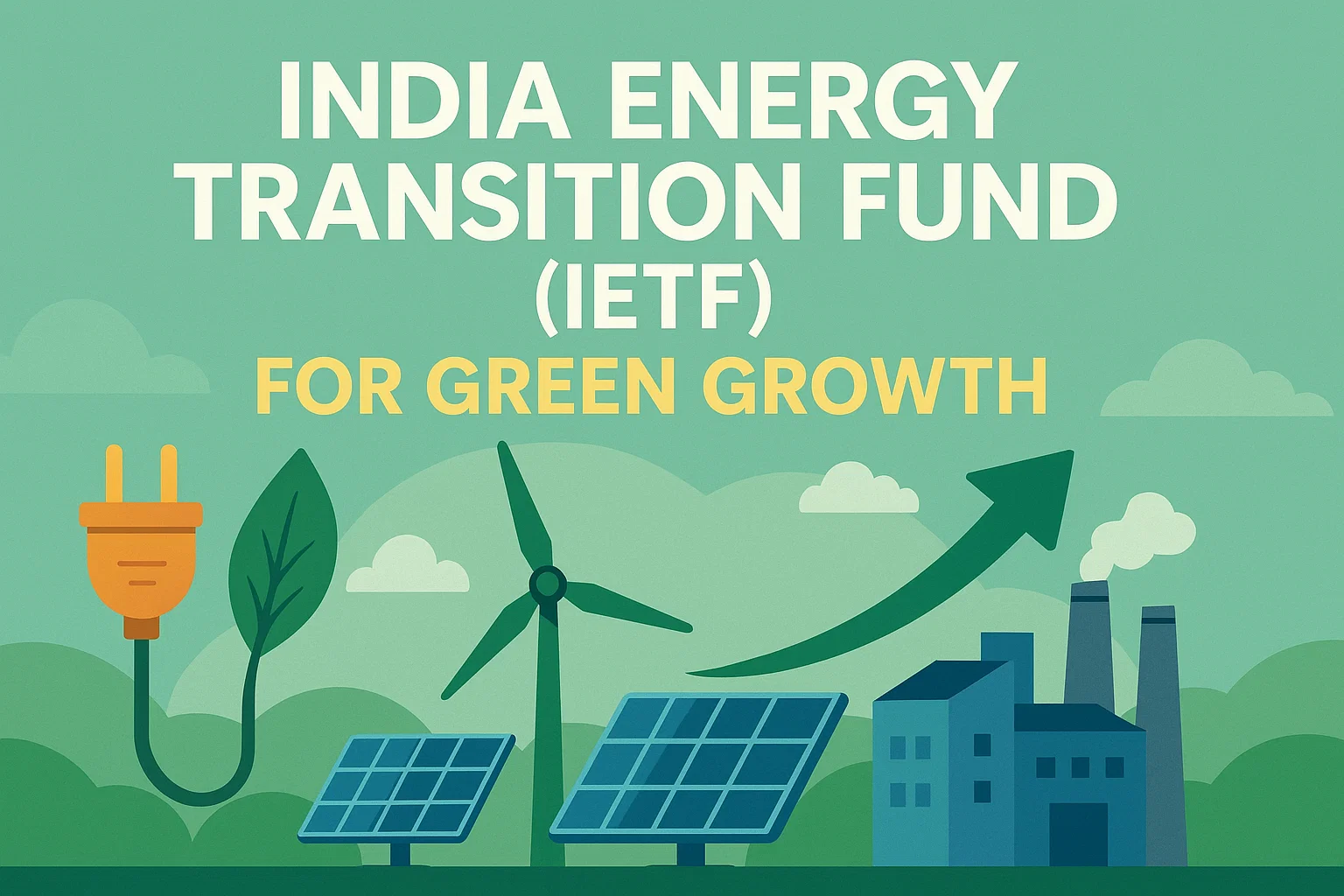Font size:
Print
Permafrost Carbon: A Growing Concern for Global Warming
Context:
The permafrost in northern regions is a massive carbon reservoir under threat. Warming twice as fast as the global average, this frozen ground is releasing carbon and nitrogen, creating feedback loops that amplify global warming.
What is Permafrost?
- Definition: Permafrost is ground that remains frozen year-round and contains soil, rocks, ice, and ancient organic materials like plants and animal remnants.
- Carbon Storage: Holds over a trillion tonnes of carbon — more than double the carbon in the atmosphere.
- Thawing Issue: Warming temperatures lengthen thaw seasons, putting this carbon at risk of being released.
Why Thawing Permafrost is Concerning:
- Microbial Activity: Thawing activates microbes that decompose organic matter, releasing carbon dioxide (CO₂) in oxygen-rich areas and methane (CH₄) in low-oxygen zones.
- Methane’s Impact: Methane is a potent greenhouse gas, trapping more heat than CO₂, increasing global warming potential.
- Additional Emission: Thawing also releases nitrous oxide (N₂O), a powerful greenhouse gas emitted from decomposing nitrogen-rich organic matter.
Positive Feedback Loops:
- Warming Cycle: Emissions from permafrost create a positive feedback loop, where warming leads to further greenhouse gas emissions, which then lead to more warming.
- Negative Feedback Loops: Longer growing seasons and increased nitrogen boost plant growth, creating a negative feedback loop that helps absorb CO₂.
Study and Findings: The Global Carbon Project:
- Objective: The Global Carbon Project’s study aimed to measure greenhouse gas sources and sinks in the permafrost region from 2000-2020.
- Findings:
- Permafrost acts as a small to medium CO₂ sink, with boreal forests in Canada and Russia absorbing CO₂.
- Methane and nitrous oxide emissions remain high, with wetlands as major methane sources.
- Dry tundra and boreal forests contribute to nitrous oxide emissions, though on a smaller scale.
Impact on Global Warming:
- Long-Term Impact: Over 100 years, the region’s CO₂ sink counteracts warming from methane and nitrous oxide, resulting in near-neutral impact on global warming.
- Short-Term Impact: Over 20 years, the strong warming effect of methane emissions leads to a net warming effect.
Future Projections and Concerns:
- Uncertain Emission Trends: Methane emissions are expected to grow, and extreme events like permafrost collapse and wildfires could spike emissions.
- Wildfire Risks: Recent wildfires in Siberia (2021) and Canada (2023) emitted massive carbon quantities, undermining the CO₂ sink.
- Potential Solutions: Earth system models suggest reducing emissions to maintain the CO₂ sink; however, local thawing and wildfires are underrepresented in models.


